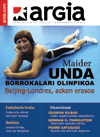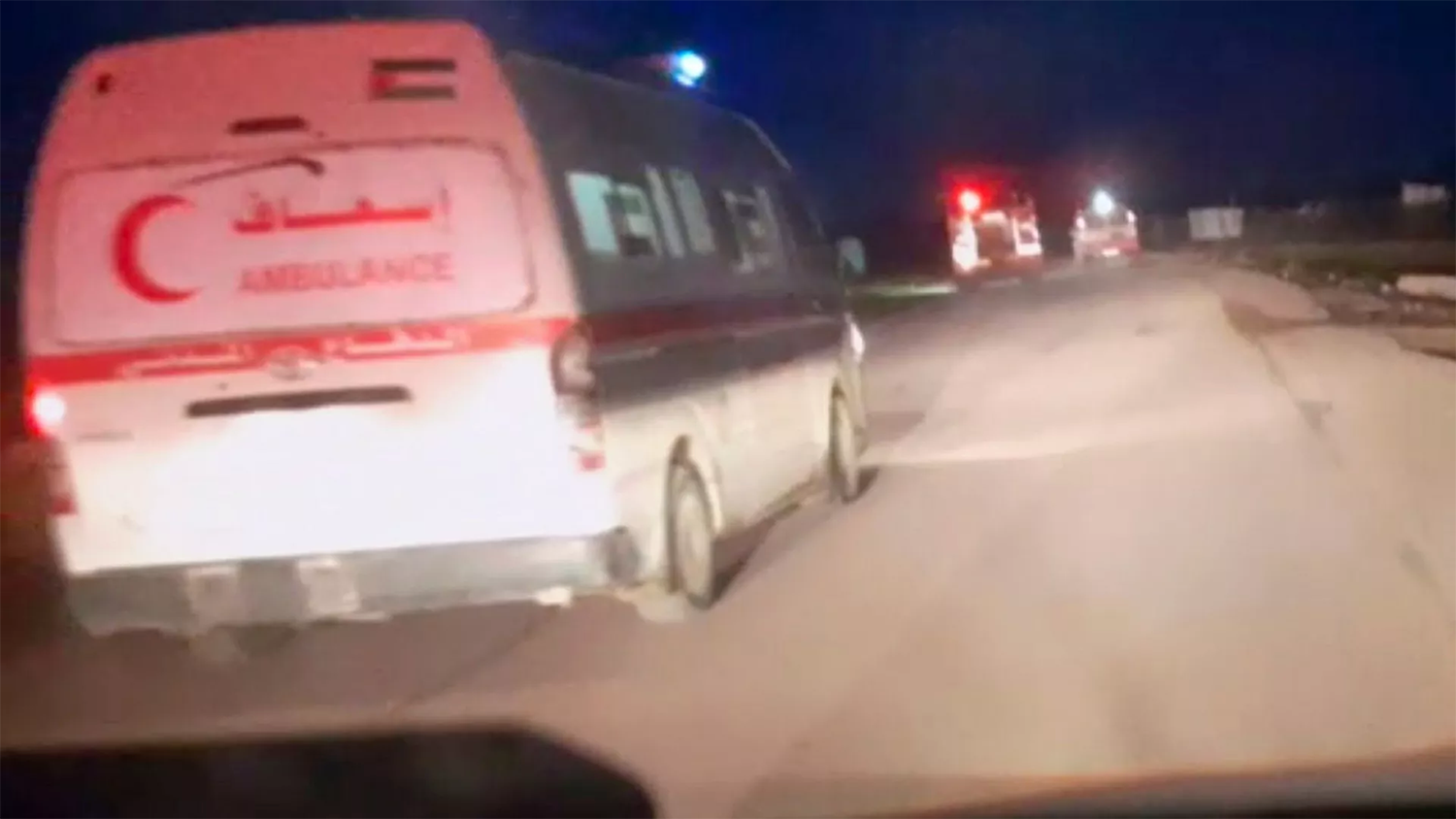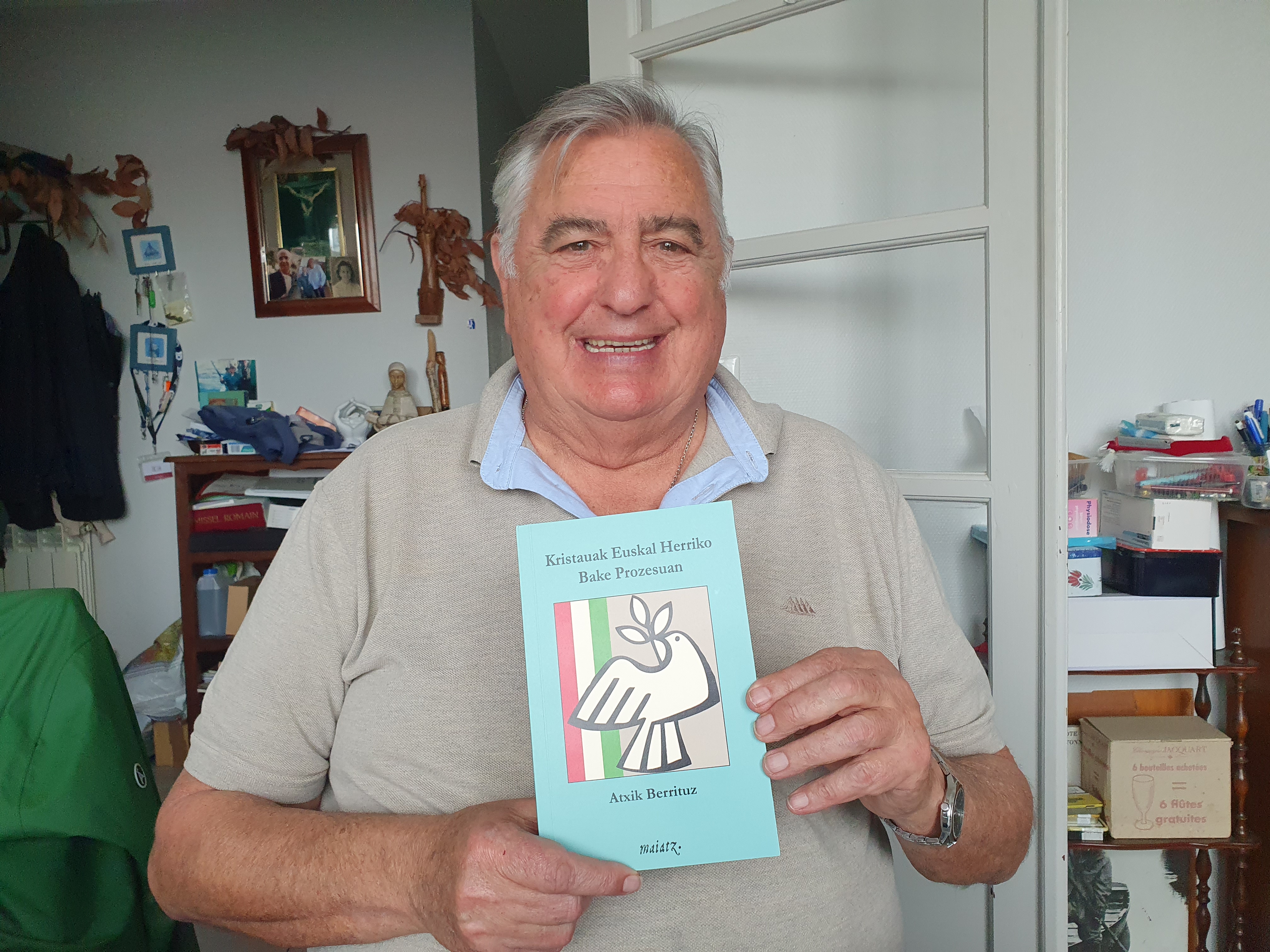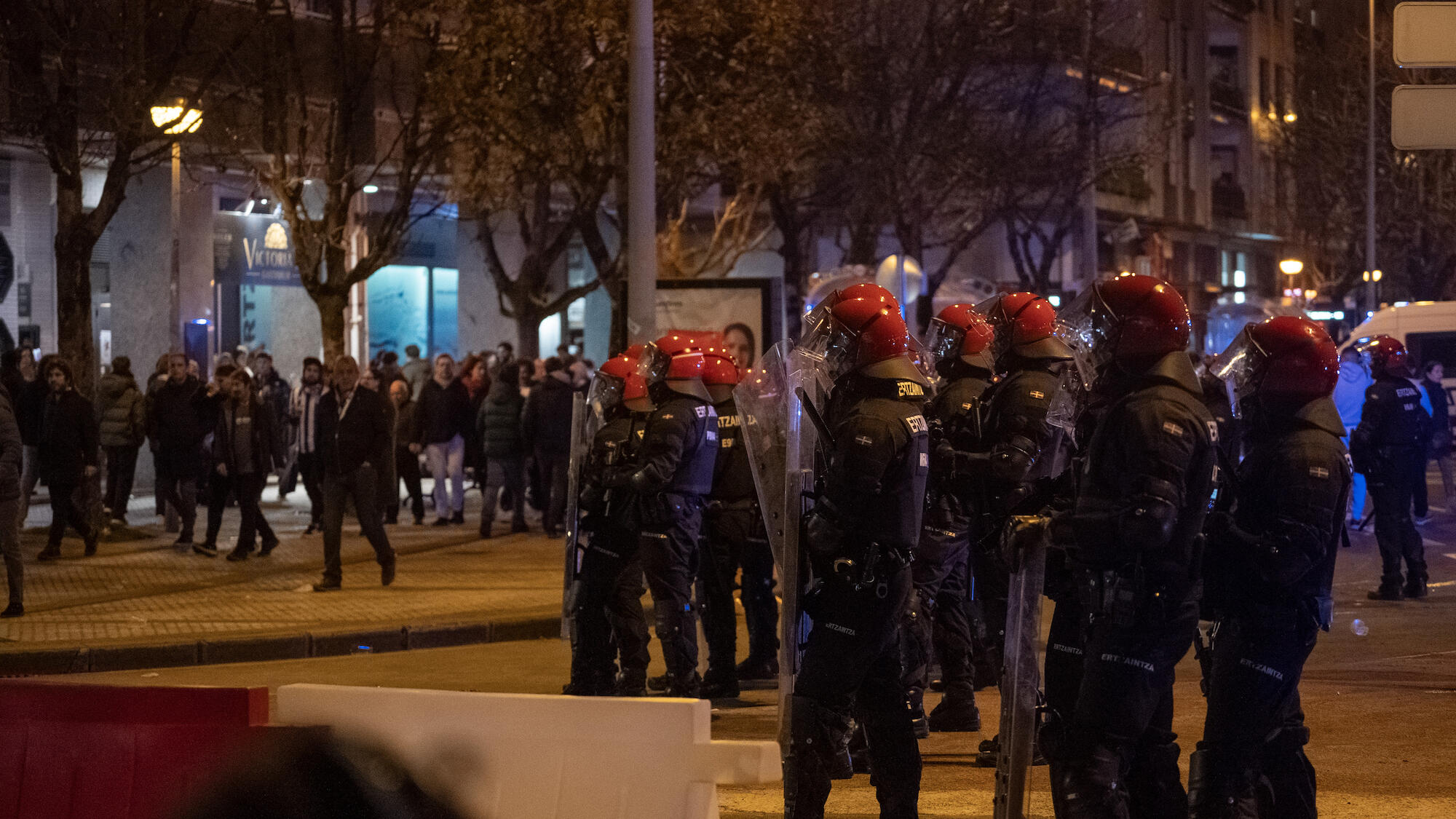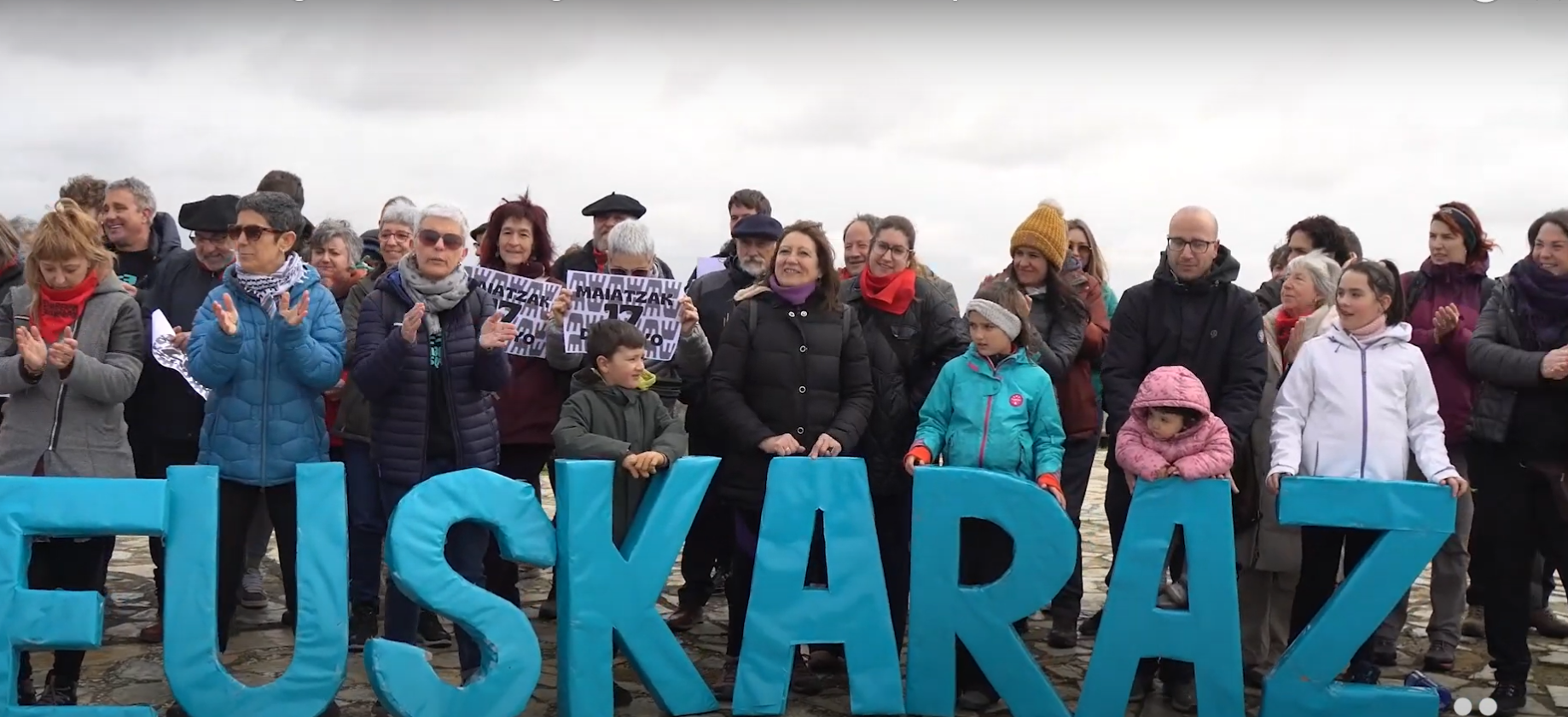Much more than the Danbaka Competition
- The Danbaka Music Contest was born in 2004 on the initiative of the Asociación Cooperativa de Comunicación Goiena and the Teatro Café Espaloia de Elgas. The aim was to give impetus to the musical groups of Debagoien and create leisure activities. The third edition has already been organised, which has also been extended to Debabarrena and Durango this year, and thanks to the way in which the competition gives impetus to the teams, Danbaka differentiates itself from other competitions.

In addition, Danbakara presented many soloists, whom almost nobody knew, and as a result of the competition they began to play in bars and other venues. Something similar happened with other bands, but the soloist was more evident, perhaps because until then there was not much circuit and/or habit.
Every two years
In view of these results, Goiena and Espaloia decided to organize a new edition of Danbaka every two years so that there were as many innovations and/or changes as possible. Thus, they realized that many groups from the valley were preparing songs for the agenda of Danbaka. This showed them that the first edition was not a mere dream and that this competition was already rooted among the people. However, a few minor changes were made to the second edition: the jury chose 19 teams instead of 20, leaving the 20th contestant in the hands of the public. Thus, the mp3 and tabs danbaka.com of all the presented groups were posted on the website and the fans had five days to vote. What’s more, in addition to the main prize being the recording of the album, an agreement was made with the record company Hotsak de Gaztelupe to release this recording. And finally, they created the Soloist Award.
In the 2006 edition there were also many people who came to see the concerts, and from the website they had already created danbaka.com many music fans followed the contest. The main prize was won by Aby-Kem de Bergara; the Oñati Malenkonia and the best soloist were named Jim TNT de Arrasate.
All teams win
The organisers of theDanbaka competition often point out that all the teams that present themselves are partly winners. To say this, they argue that the goal is to make known the musical groups and what they do; and the truth is that Danbaka has many devices for this. First of all, the mp3 and tabs danbaka.com of all the groups that are presented (classified or not) are posted on the website for anyone to see and hear. In addition, the media of Goiena (Goiena Televisión, Goienkaria, Radio Arrasate, Goiena.net and Danbaka.com) extensively follow the competition and the competing teams with interviews, reports and others. Moreover, Goiena Television and Radio Arrasate broadcast all the concerts of the competition; and thanks to the collaboration of the Association of Local Televisions, they also broadcast these concerts in other regions of the Basque Country: Goierri, Tolosaldea, Bortzirieta de Navarra, Gernika, Zarautz and Urola, etc.
Danbaka DVD-CD
The work, which was released about a month ago, follows the same path: DVD-CD of the II edition of Danbaka. Danbaka launches with the collaboration of the record company Hotsak de Gaztelup a double work that unites the works of 20 bands of the second edition. On the CD they have joined a live song by each group; and on the DVD they have joined a video interview and a song by each group, photo gallery, making off, opinions of music experts and others. The CD has a duration of one hour and the DVD has a duration of about two hours.
Beyond the borders of Debagoien
Danbaka’s innovation, the main one, is another: in this third edition it has ceased to belong exclusively to Debagoien and has also been extended to two frontier regions: Durango and Debabarrena. By September, 39 recordings had been received, of which 24 were from Debagoien and 15 from two other regions. The jury has selected 23 groups and has placed the 24th in the hands of music fans, using the website danbaka.com. Now the turn of the direct has begun. Starting on October 17th, there will be a fortnight of launa groups on Fridays on the Elgeta Sidewalk, each for half an hour. After that, the three finalists selected by the jury will compete on January 16, 2009. This year the prizes are three: the best team of the competition, the best team of Debagoien and the prize of the spectator: the first and the second will receive the same prize from Kutxa and Mondragon Unibertsitatea, recording an album Shot de Mondragón! in the studio and the release of the album with Hotsak of Gaztelupe; and the one chosen by the spectators to spend the bonus of 1,300 euros in the music store Lazkano of Mondragón.
Hamabost langile humanitario hil zituen Israelgo armadak martxoaren 23an, terroristak zirela eta ez zutela euren burua identifikatu argudiatuta. Bideo batek bertsio hori gezurtatu ostean, gertatutakoaren barne-txostena egin dute Israelgo Defentsa Indarrek, baina bertan esaten... [+]
You may not know who Donald Berwick is, or why I mention him in the title of the article. The same is true, it is evident, for most of those who are participating in the current Health Pact. They don’t know what Berwick’s Triple Objective is, much less the Quadruple... [+]
The article La motosierra puede ser tentadora, written in recent days by the lawyer Larraitz Ugarte, has played an important role in a wide sector. It puts on the table some common situations within the public administration, including inefficiency, lack of responsibility and... [+]
Is it important to use a language correctly? To what extent is it so necessary to master grammar or to have a broad vocabulary? I’ve always heard the importance of language, but after thinking about it, I came to a conclusion. Thinking often involves this; reaching some... [+]
The other day I went to a place I hadn’t visited in a long time and I liked it so much. While I was there, I felt at ease and thought: this is my favorite place. Amulet, amulet, amulet; the word turns and turns on the way home. Curiosity led me to look for it in Elhuyar and it... [+]
Adolescents and young people, throughout their academic career, will receive guidance on everything and the profession for studies that will help them more than once. They should be offered guidance, as they are often full of doubts whenever they need to make important... [+]
Atxik Berrituz giristino taldeak Kristauak Euskal Herriko bake prozesuan liburua argitaratu du Maiatz argitaletxearekin. Giristinoek euskal bake prozesuan zer nolako engaiamendua ukan duten irakur daiteke, lekukotasunen bidez.
Maiatzaren 17an Erriberako lehenengo Euskararen Eguna eginen da Arguedasen, sortu berri den eta eskualdeko hamaika elkarte eta eragile biltzen dituen Erriberan Euskaraz sareak antolatuta









